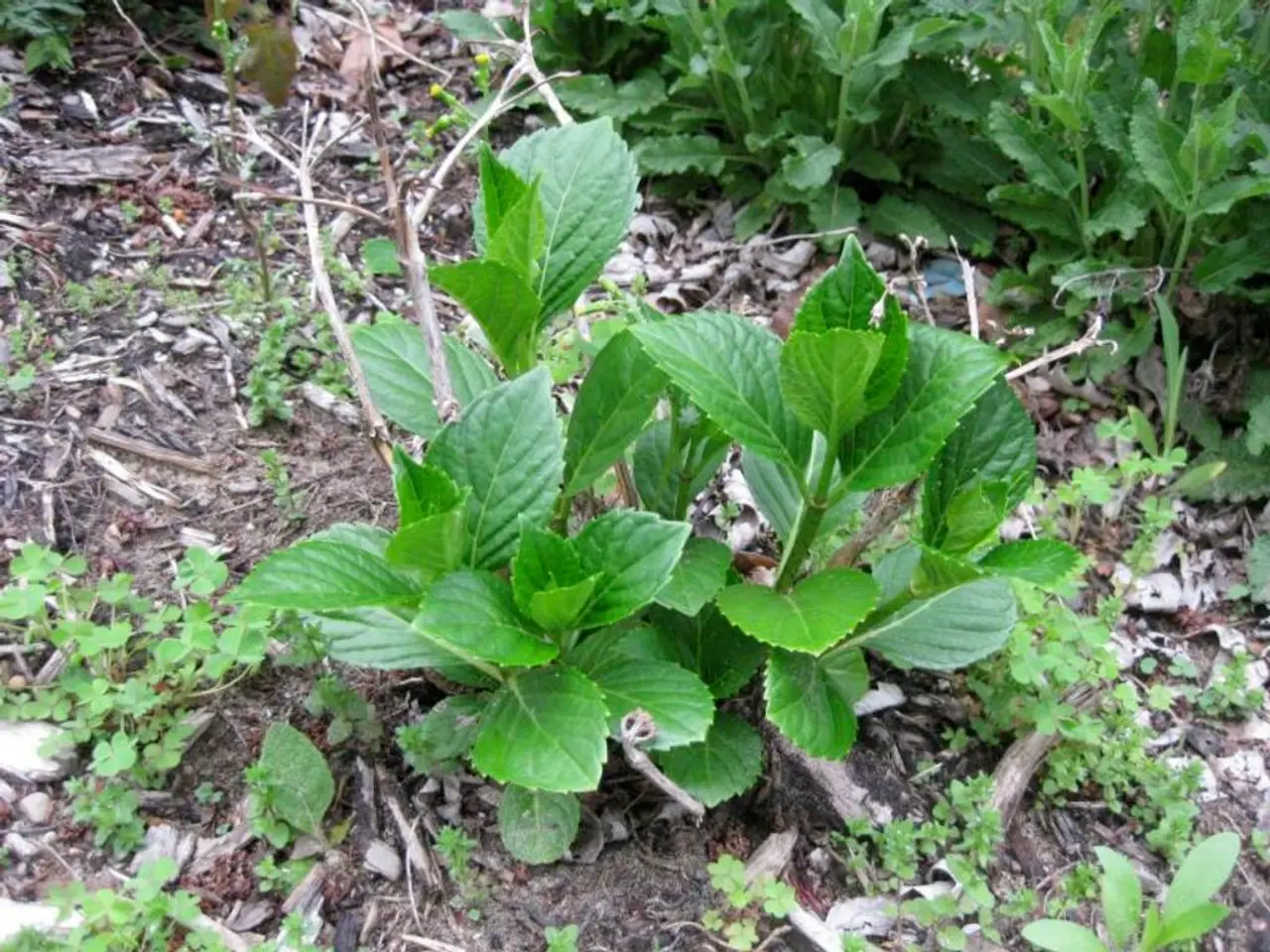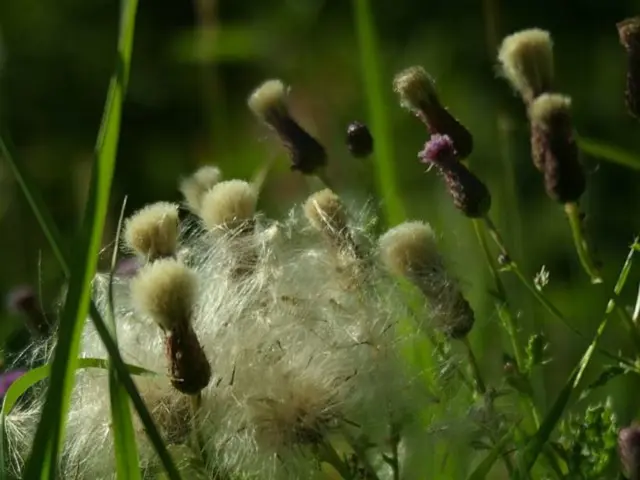Growing and Harvesting Sage: A Comprehensive Guide
Cultivating Sage Plants: Guidelines for Growth and Five Harvest Strategies
Sage, a common kitchen herb, is most commonly known as Salvia. This versatile plant can be grown both outdoors and indoors, offering fresh herbs year-round regardless of the climate. Here's a guide on planting, caring for, and harvesting sage.
Outdoor Sage Growth
Planting Sage Outdoors
- Choosing the Right Soil: Sage prefers well-drained, loamy, and sandy soil with a pH between 6.5 and 7.0[1].
- Timing: Sage should be planted in either spring or fall when the soil temperatures are between 60° and 70°F (15°-21°C)[2].
- Pest Prevention: While sage doesn't have many pest problems, watch out for aphids, spider mites, and whiteflies. Prevent these pests by weeding and removing garden debris, spot treating with neem oil and organic pesticides[2].
Caring for Sage Outdoors
- Watering: Water sage sparingly, keeping the soil at the moisture level of a wrung-out sponge. After the plant has developed a good root system, water sparingly - about once a week or once every two weeks[2].
- Fertilization: Use a balanced liquid fertilizer diluted to half strength every 6–8 weeks during the active growth period (spring and summer)[2].
- Harvesting: In the first year, harvest lightly to allow the plant to establish itself. For the richest concentration of oils, harvest in the morning just after the dew has dried[3].
- Growing from Clippings or Layering: Growing from seed is difficult and takes up to two years for the plant to reach mature size. An alternative is growing from clippings or layerings[3].
- Storage: Sage tastes best fresh, but it can be stored by freezing or drying the leaves. To dry sage, hang sprigs in a shady, dry room with stems towards the ceiling until they're crumbly in texture, then store in a tightly lidded jar. To freeze sage, place individual leaves on a tray and freeze until solid, then move into a container[3].
Harvesting Sage
- Harvesting Method: To harvest sage, pinch off leaves just above the spot where two leaves meet or snip off small sprigs from the plant. Harvest what you'll use that day as sage tastes best fresh and doesn't store particularly well[3].
Indoor Sage Growth
Planting Sage Indoors
- Container Selection: Use a container that is at least 6 inches deep with good drainage holes to prevent waterlogged soil. Sage prefers well-drained soil[4].
- Lighting Conditions: Sage thrives in bright sunlight. Place the pot on a south-facing windowsill or supplement with a grow light to ensure at least 6 hours of direct sunlight daily[4][2].
- Temperature: Maintain a temperature between 65°F (18°C) and 75°F (24°C) during the day. Avoid placing plants near heating vents or air conditioning units[4][2].
- Humidity: Sage does not like high humidity. Ensure good airflow around the pot, especially in humid climates[4].
Caring for Sage Indoors
- Watering: Allow the top inch of soil to dry out before watering again. This is usually every 5–7 days indoors, and more often if the pot dries quickly. Avoid overwatering, which can cause root rot[4].
- Fertilization: Use a balanced liquid fertilizer diluted to half strength every 6–8 weeks during the active growth period (spring and summer)[4].
- Pruning: Regularly prune your sage by pinching back the tops of stems when they become lanky and remove any flower buds to encourage bushier growth[4].
- Repotting: If your sage plant becomes too large, consider repotting it into a slightly larger container with fresh potting mix.
Harvesting Sage
- Harvesting Leaves: Regularly harvest sprigs from the plant to promote fullness and prevent it from becoming woody. Simply pinch off individual leaves or stems as needed[4].
- Drying Sage: To dry sage leaves, tie them in small bunches and hang them upside down in a warm, dry place. This helps preserve the herb for later use[1].
- Storage: Store dried sage in airtight containers to maintain its flavor and aroma.
By following these steps, you can successfully grow and harvest sage indoors or outdoors in any climate.
This guide on growing and harvesting sage can transform your home-and-garden lifestyle, providing fresh herbs all year round, regardless of the climate. By choosing the right soil, understanding pest prevention methods, and having the right watering, fertilization, and harvesting techniques, you can cultivate sage both outdoors and indoors, becoming a pro at gardening with sage as part of your lifestyle.




